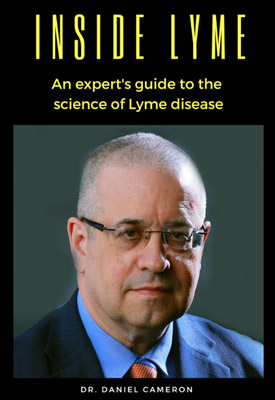Lyme Disease Science Conversations:
Rage, extreme irritability, and Lyme disease.
Live conversations with a leading expert, Dr. Daniel Cameron, about the latest discoveries and advancements in Lyme disease and associated illnesses.
We will discuss rage, extreme irritability and Lyme disease on April 10, 2018 at 8PM EST. I will start the discussion with a 9-year-old girl with rage.
Comments are no longer live. This is an archive of a Lyme Hangout held on 4/10/2018. You can still view the video below.




